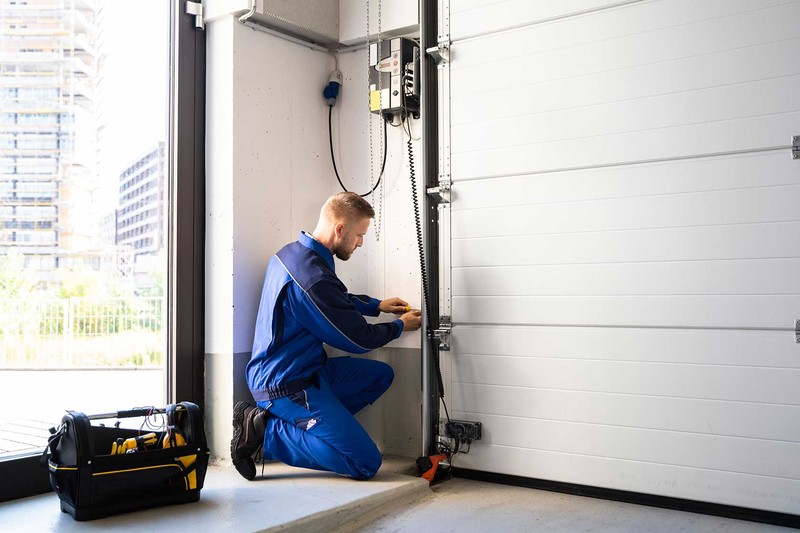Your roof is your home’s first line of defence against the weather, but it’s also one of its most vulnerable portions. Even the strongest roofing systems can be damaged by rain, wind, snow, sun, and hail. These natural pressures can undermine your roof, causing leaks and other damage. Preventing roof problems and guaranteeing home safety and longevity requires understanding weather effects.
The Impact of Rain on Roof Durability
Roof health is threatened by rain, especially during extended wet seasons or strong downpours. Small fractures and crevices in roofing materials let water in, weakening the roof. If the drainage system is clogged, rainwater can pool, causing leaks, mold, and wood rot. Roofs with inappropriate slopes or deteriorating shingles are especially at risk. Small leaks can be fixed early to avoid major water damage.
Wind and Its Destructive Effects
Strong winds, especially during storms, can tear off shingles, tiles, or entire roofs. When these protecting layers fail, rain might flow through the roof. Wind-blown branches and leaves can clog gutters and downspouts, causing water build-up. Roofs in hurricane-prone areas need enhancements to withstand high winds and reduce damage.
The Challenges of Snow and Ice
Snow and ice can make roofs hard to work with, especially in colder areas. The roof becomes stressed out by a lot of snow. This could make it sag or fall down. Ice dams trap water when melting snow refreezes at the edges of roofs. This water can leak under shingles. Attic insulation and ventilation are necessary to stop ice dams and drain melting snow.
The Sun’s Gradual Wear and Tear
Although less apparent than storms or snow, the sun’s impacts are just as harmful over time. Asphalt shingles can fracture, curl, or lose their protecting granules after prolonged UV exposure. This makes roof leaks more likely when it rains. The roof weakens due to temperature variations, producing spaces where water can enter.
The Immediate Hazards of Hailstorms
Hailstorms are one of the most dangerous things that can happen to a roof. Hail can dent metal roofs, break tiles, and go through shingles. These damages might not be obvious, but they might create leaks when it rains. After a hailstorm, it is important to check for problems before they get worse.
Protecting Your Roof from Weather Damage
Your roof needs regular maintenance and inspections to avoid weather damage. To strengthen your roof, clean gutters and downspouts, replace damaged shingles, and use weather-resistant materials. Whether you choose a roof overlay vs replacement depends on the extent of the damage and your budget, but regular maintenance keeps your roof sturdy, leak-free, and ready to protect your home for years.
Conclusion
Understanding how weather affects your roof helps you save costly repairs and keep your home safe and lasting.





